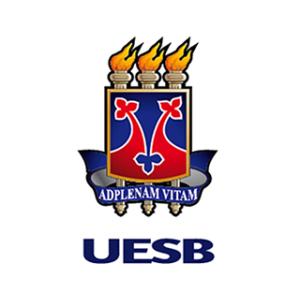Metodologias Ativas e a Modelagem Matemática para a Geração de Energia por meio de Placas Fotovoltaicas
DOI:
https://doi.org/10.22481/intermaths.v5i1.14465Keywords:
Project-Based Learning; Mathematical Modeling; Meaningful Learning; Photovoltaic Panels.Abstract
In this work we briefly discuss the importance of using active methodologies such as Project-Based Learning (ABProj) and Mathematical Modeling, aiming to produce significant benefits for education, allowing students to develop the skills and competencies necessary to face the challenges of today's world, while making Mathematics learning more engaging and meaningful. We carry out Mathematical Modeling work as a teaching and learning strategy with a central theme related to photovoltaic panels whose objective is to model the inclination angle of installing photovoltaic panels for energy generation, seeking to maximize the flow of light energy and thus have greater production of energy.
Downloads
Metrics
References
M. S. Biembengut e N. Hein, “Modelagem Matemática no Ensino”, 3ª ed. São Paulo: Editora Contexto, 2015.
R. C. Bassanezi, “Modelagem Matemática: teoria e prática”, São Paulo: Editora Contexto, 2003.
M. Silva. Placas Fotovoltaicas – Aprendizagem Baseada em Projetos: uma aplicação de Modelagem Matemática para o Ensino Médio. Dissertação de Mestrado do Programa de Pós-Graduação Profissional em Matemática - PROFMAT, Matemática, Universidade Estadual de Mato, 2023.
J. Moran, “Mudando a educação com metodologias ativas. In: A.C. Souza e O. E. T. Morales”. Convergências midiáticas, educação e cidadania: aproximações jovens. Ponta Grossa – PR: Foca Foto – PROEX/UEPG, 2015.
F. Hernandez e M. A. Ventura. Organização do currículo por projetos de trabalho. Porto Alegre: Artmed, 1998.
G. Kaiser e B. Schwarz e S. Tiedemann. Future teachers’ professional knowledge on modeling. In: Modeling Students' Mathematical Modeling Competencies. Springer, Boston, MA, 2010. p. 433-444.
Brasil, Ministério da Educação. Base Nacional Comum Curricular. 2018. http://basenacionalcomum.mec.gov.br/abase/.
R. A. Lopez. Energia solar para produção de eletricidade. São Paulo: Artliber, 2012.
Alpha Solar Energia Sustentável. https://alphasolar.com.br/sistema-fotovoltaico-de-energia-solar/
J. Pinho e M. Galdino. Manual de engenharia para sistemas fotovoltaicos. Rio de Janeiro: Cepel-Cresesb, 2014.
R. Asth. Sol: o que é, características, camadas e distância da Terra. Toda Matéria, [s.d.]. https://www.todamateria.com.br/sol/
Memorial Spacelights. https://www.celestis.com/resources/faq/what-are-the-azimuth-and-elevation-of-a-satellite/
Responde aí. Coordenadas Esféricas. https://www.respondeai.com.br/conteudo/calculo/integrais-triplas/mudanca-para-coordenadas-esfericas/533
A & C Arquitetura. Posicionamento da Edificação com relação ao Sol. http://aec.arq.br/48-2/
Ferramentas para designers e consumidores de energia solar. www.sunearthtools.com
Centro de Referência das Energias Solar e Eólica Sergio de S. Brito / CEPEL - Centro de Pesquisas de Energia Elétrica. http://www.cresesb.cepel.br/index.php#data
Manual Slib. https://www.manualslib.com/manual/2107347/Bosch-C-Si-M60-Na-30119.html?page=7#manual
Downloads
Published
How to Cite
Issue
Section
License
Copyright (c) 2024 INTERMATHS

This work is licensed under a Creative Commons Attribution 4.0 International License.
- Responsibility: The scientific content and the opinions expressed in the manuscript are the sole responsibility of the author(s).
- Copyrights: INTERMATHS.
- All content of Revista INTERMATHS/INTERMATHS journal is licensed under a Creative Commons - Atribuição 4.0 Internacional







